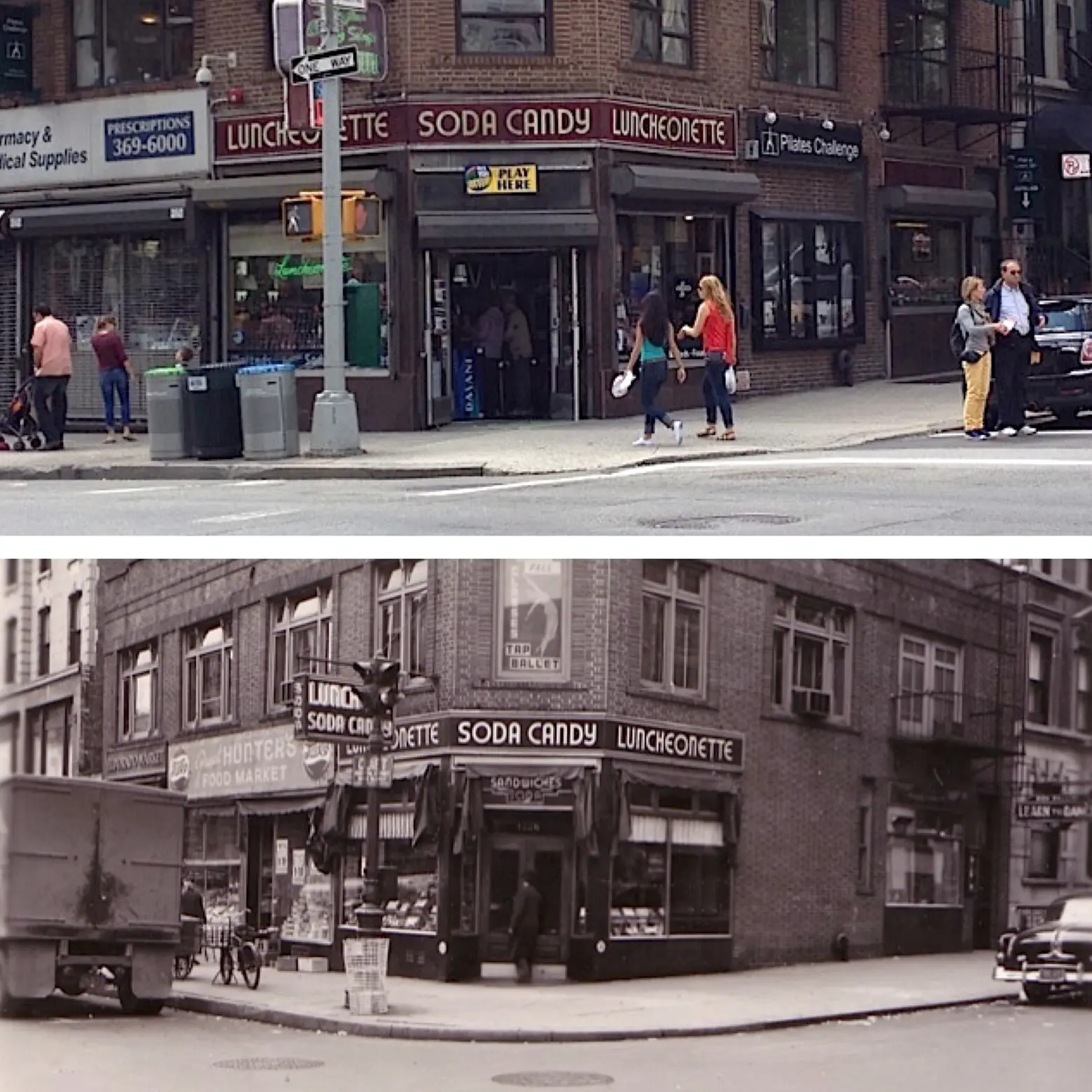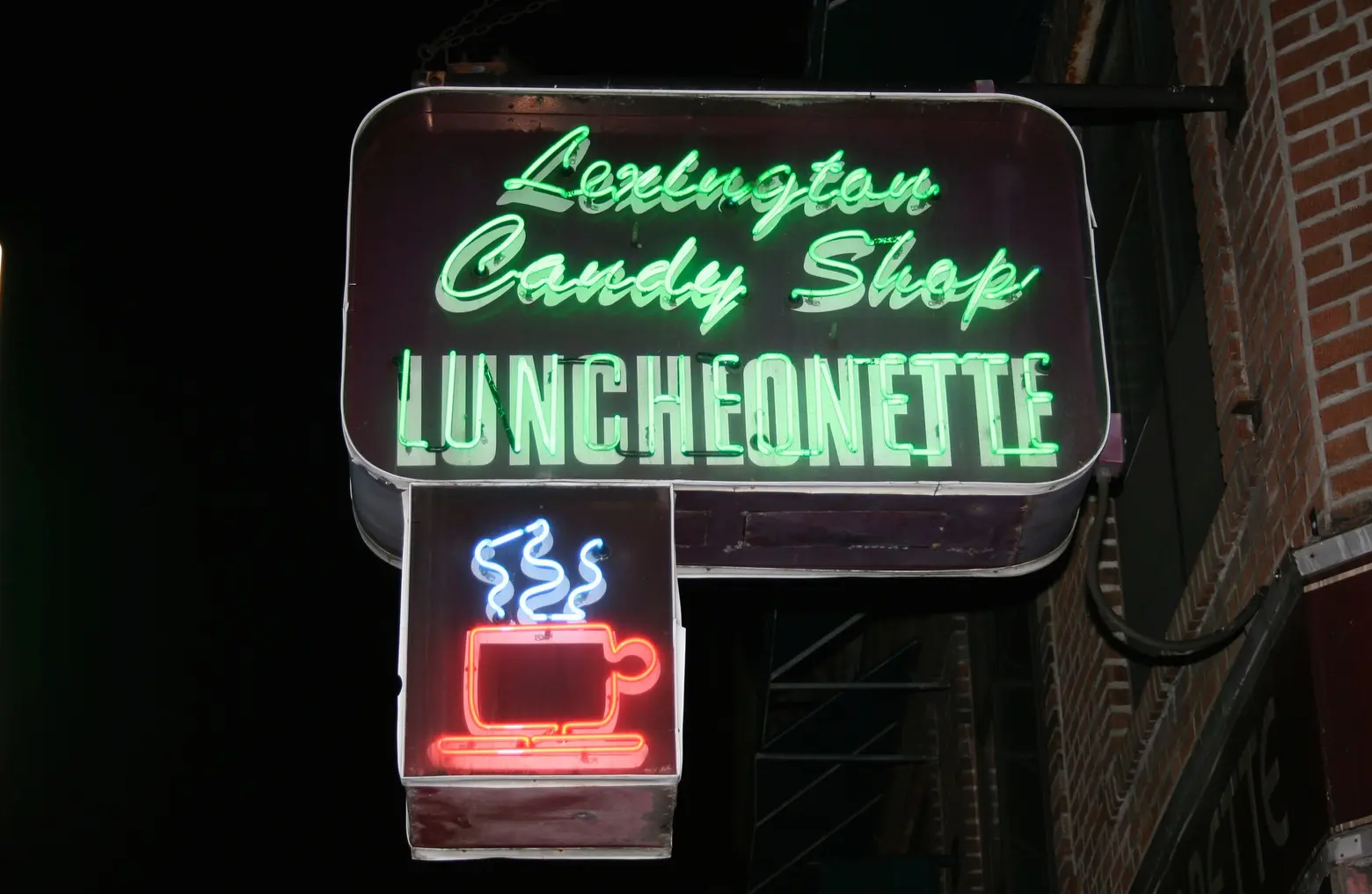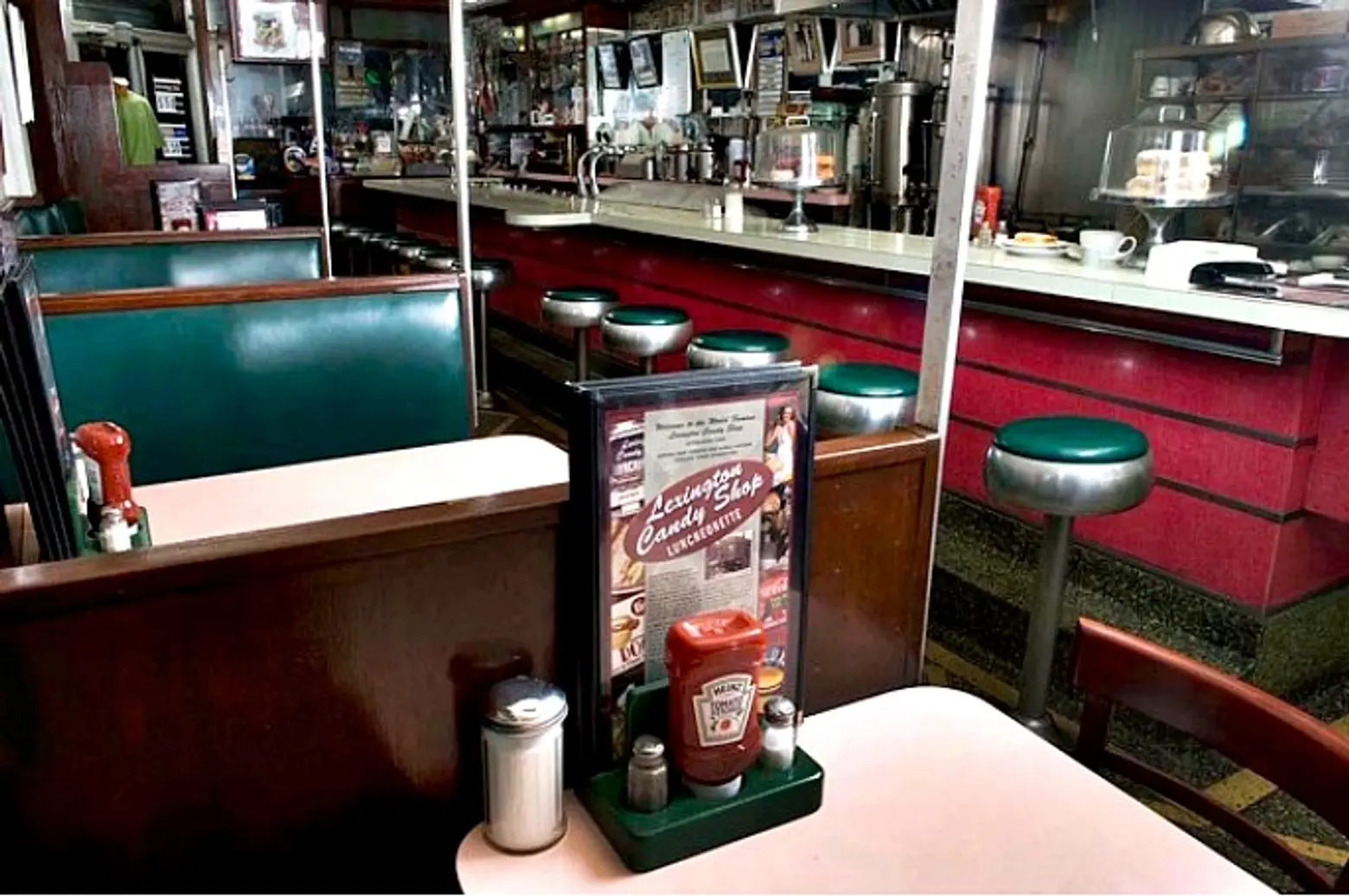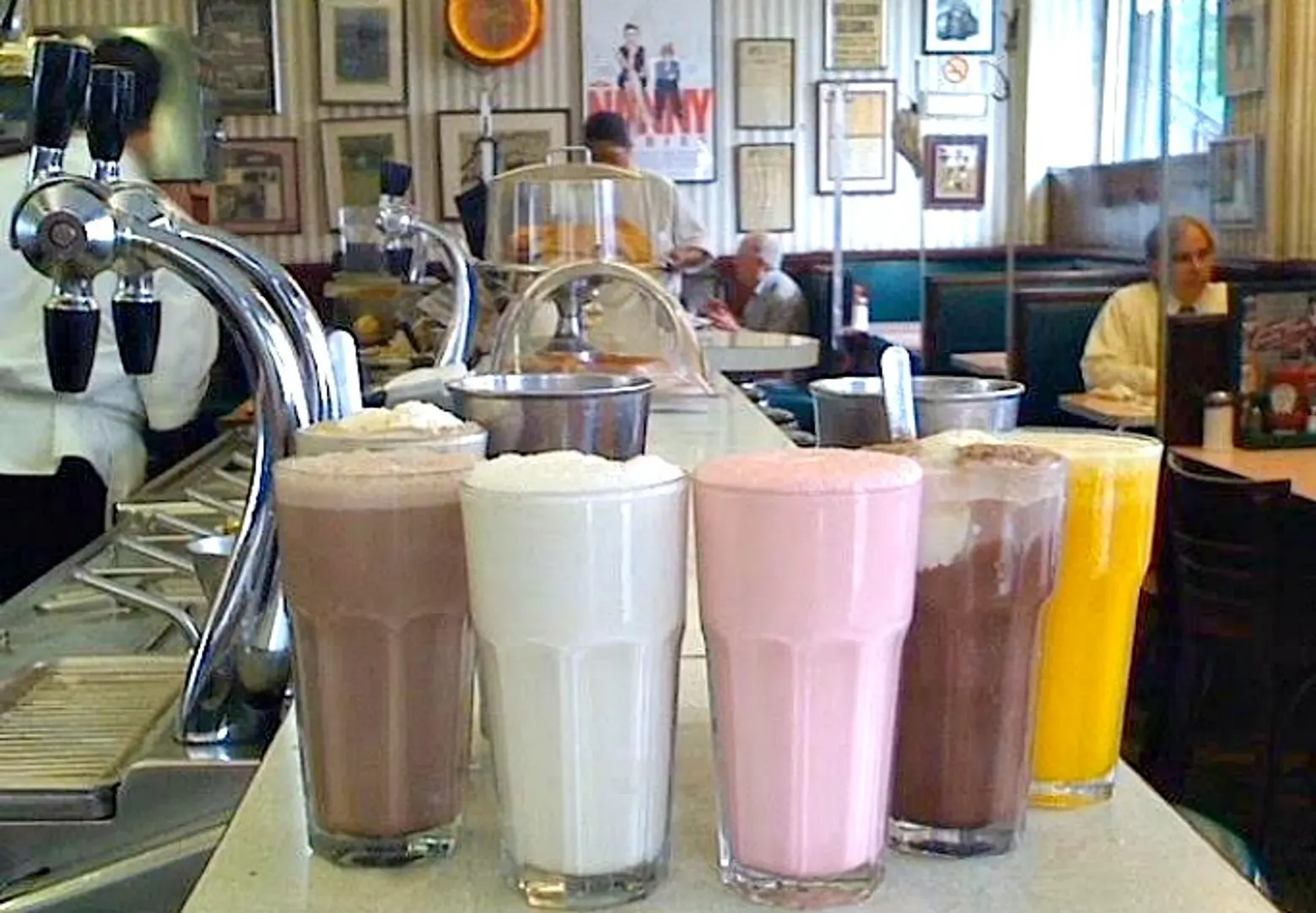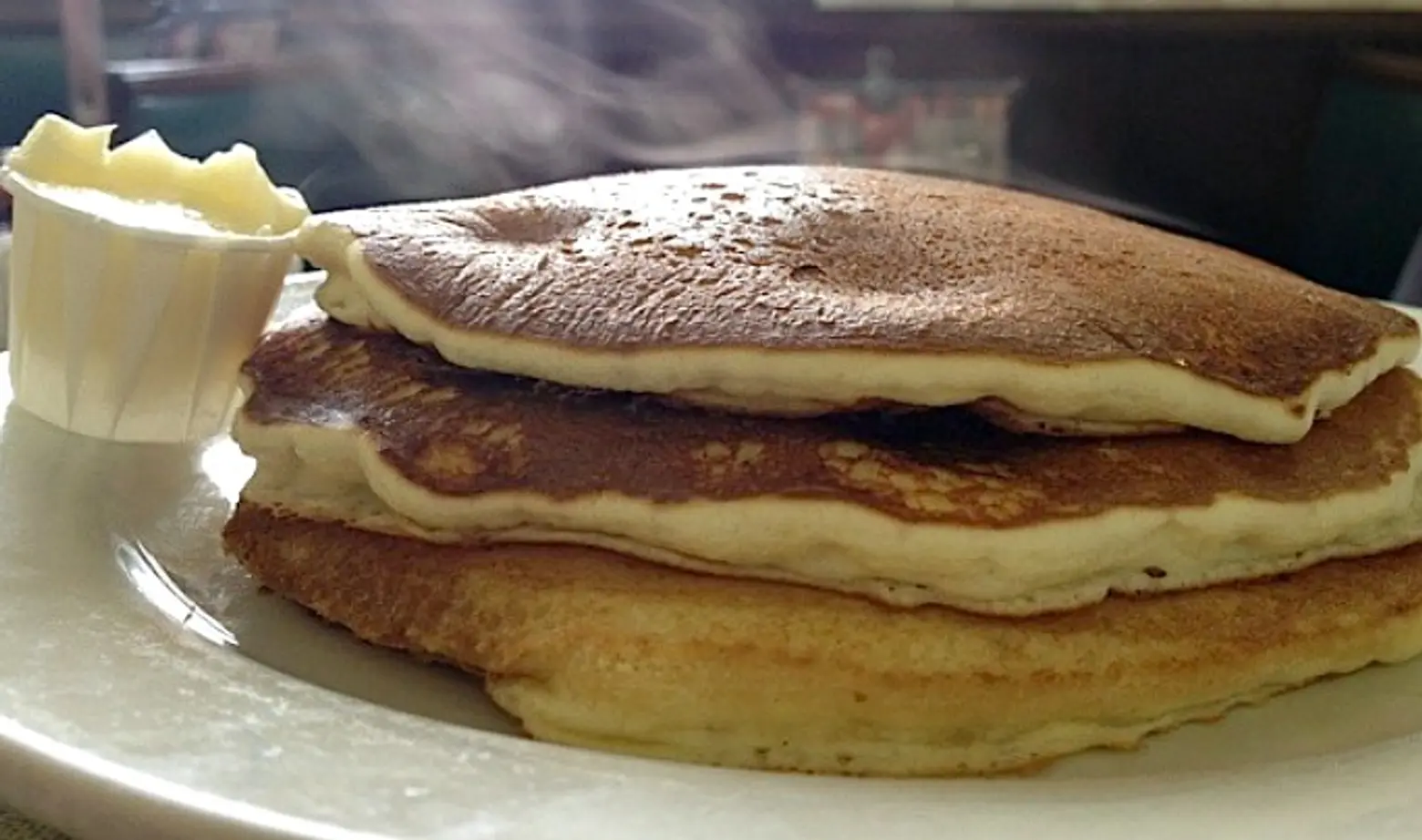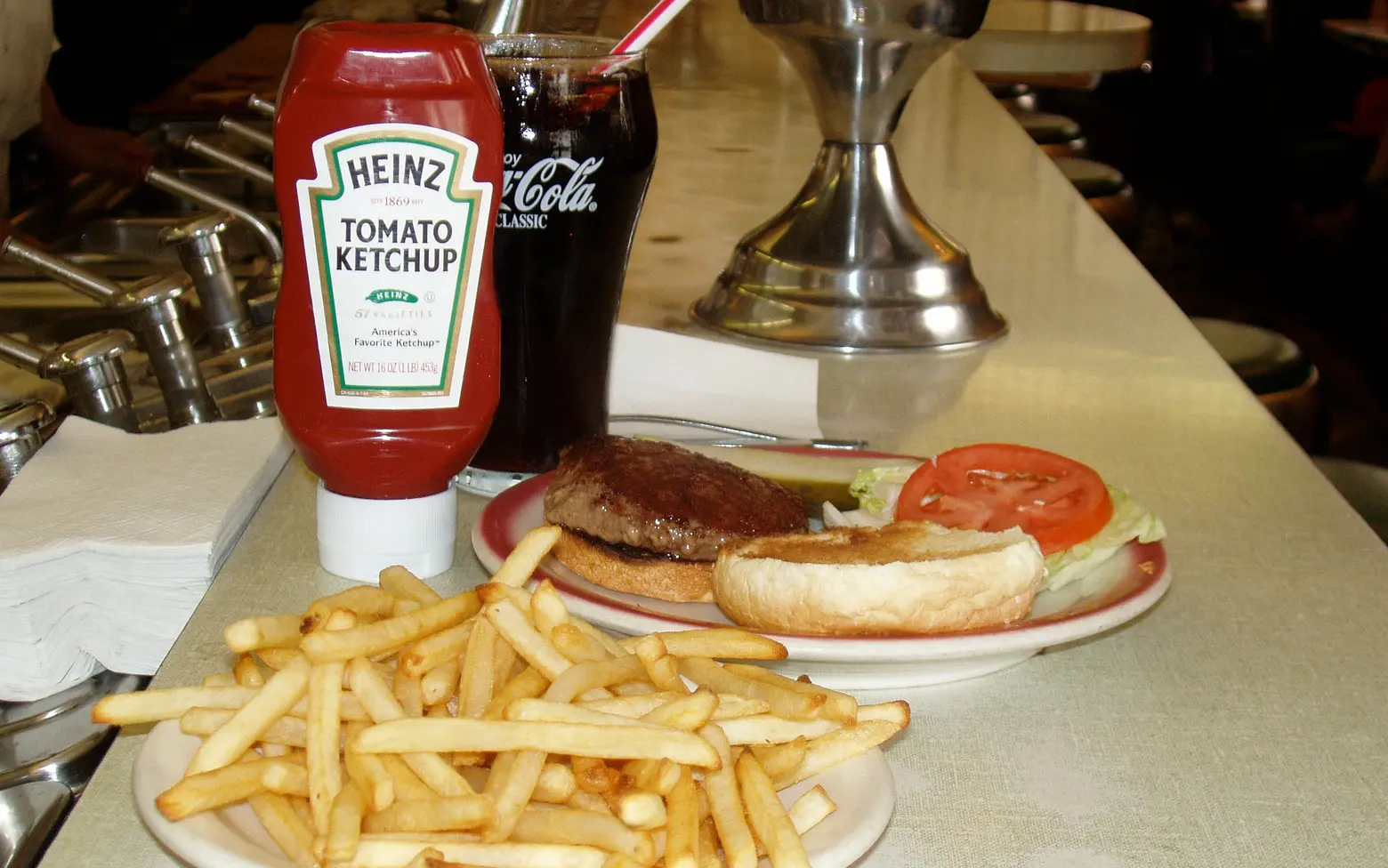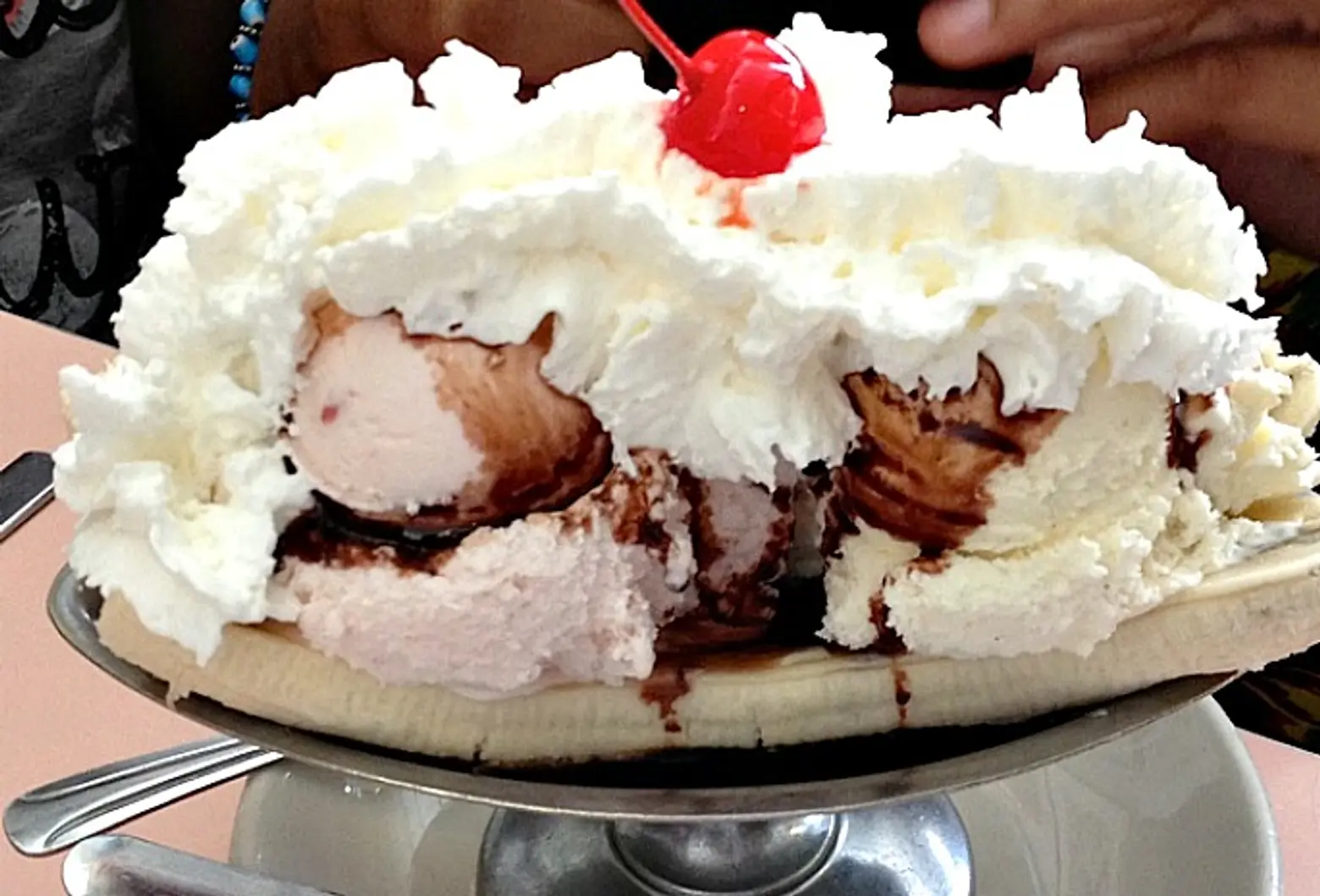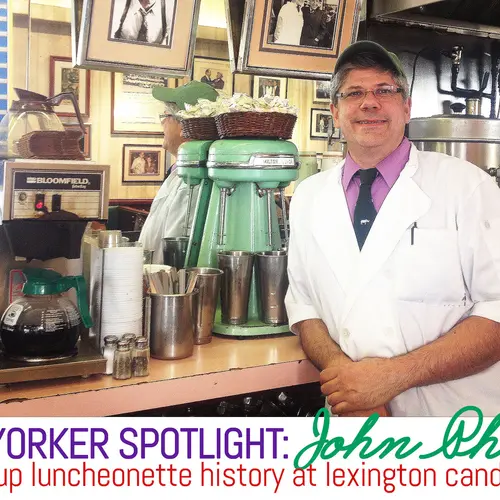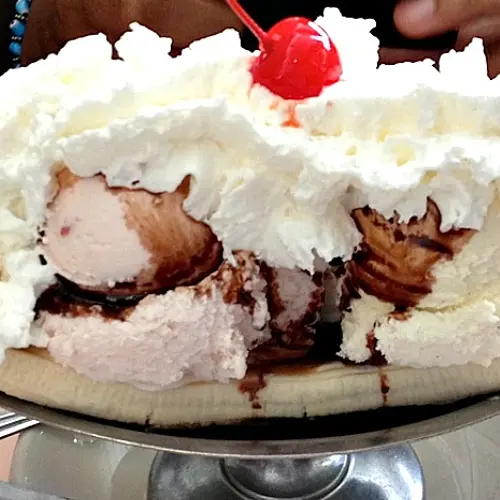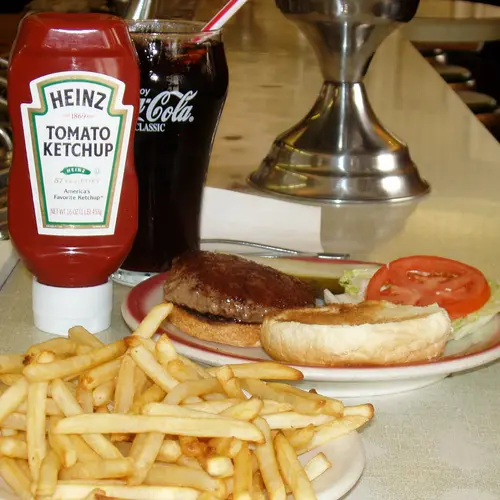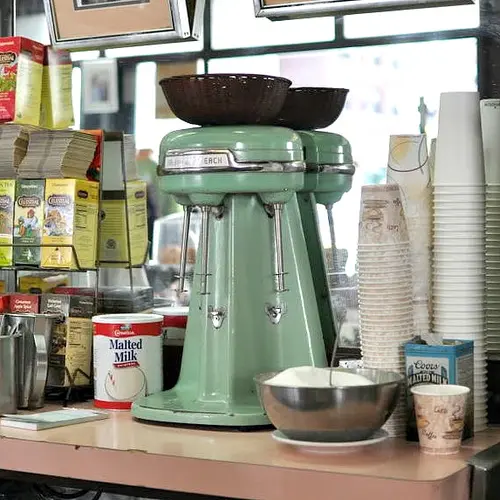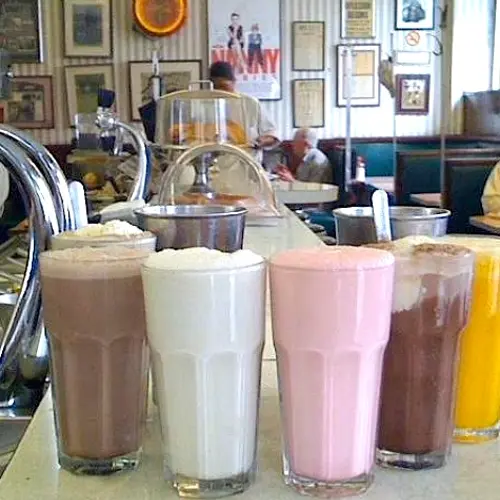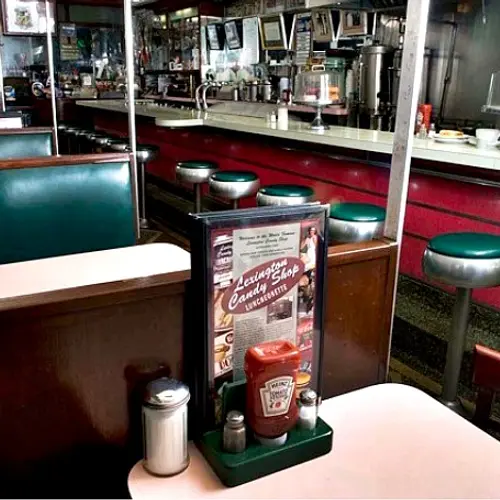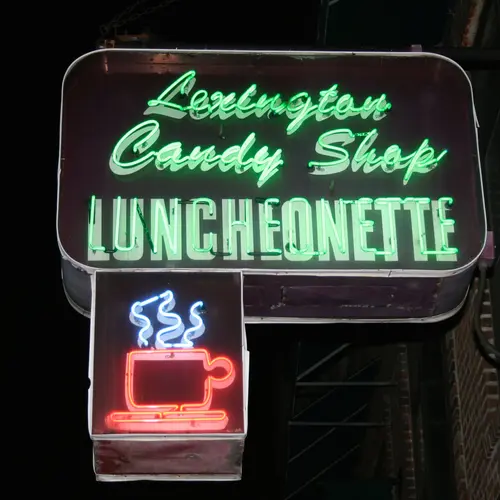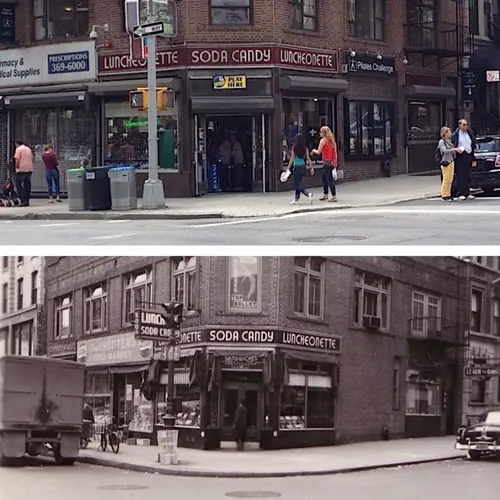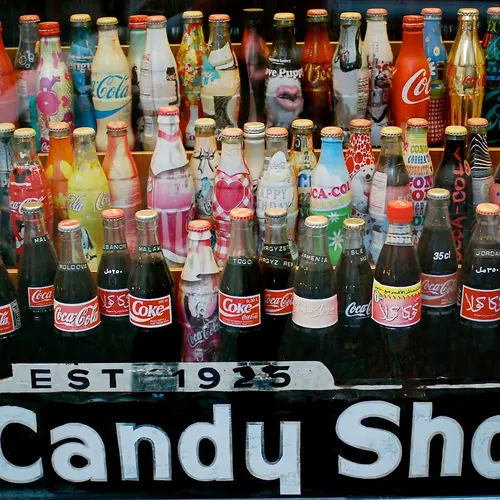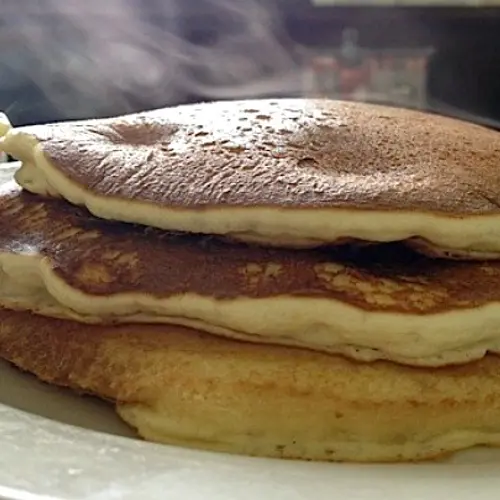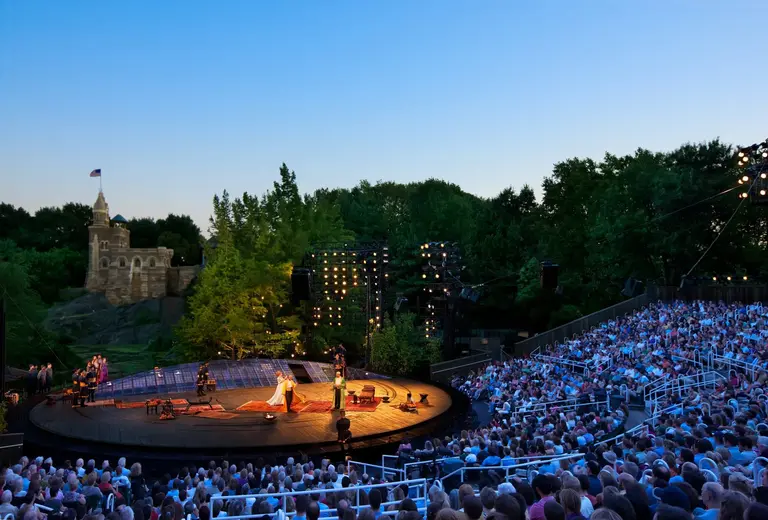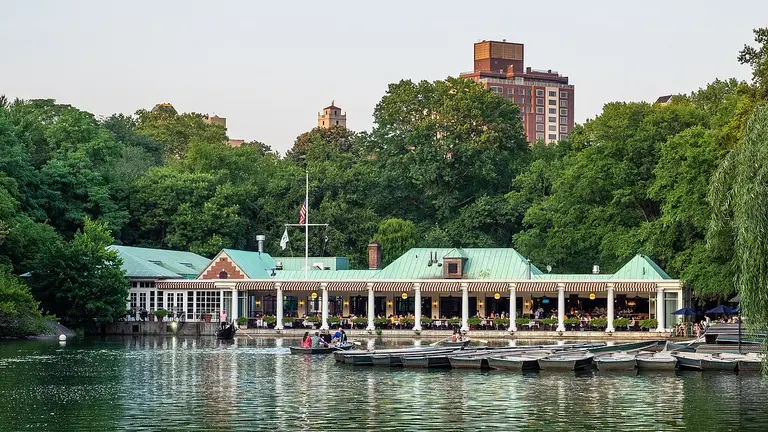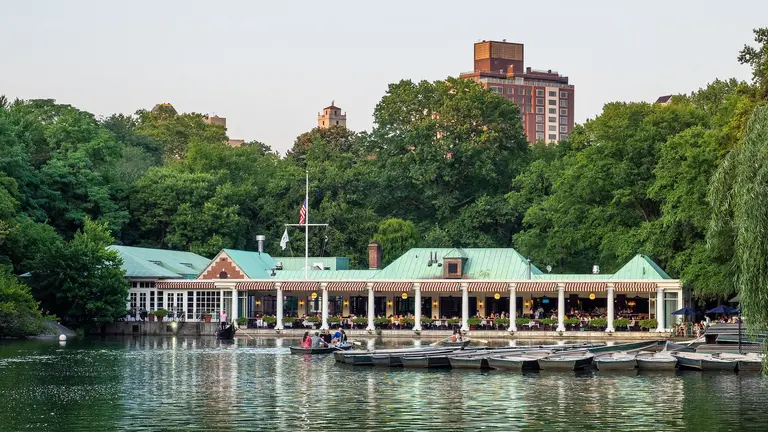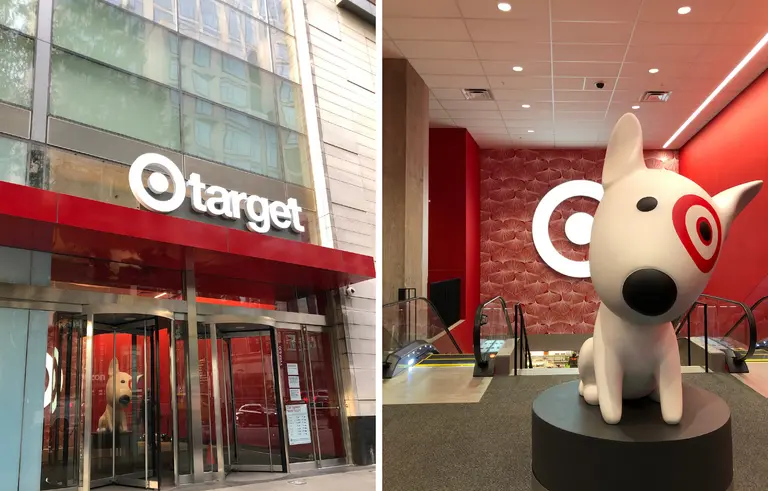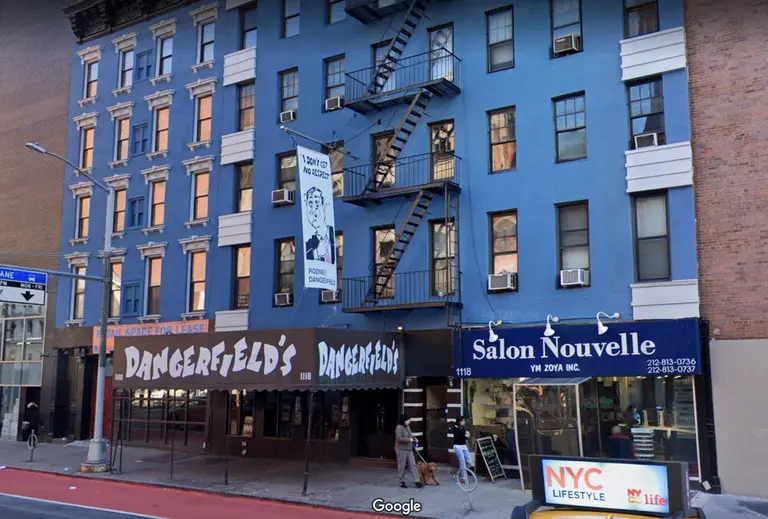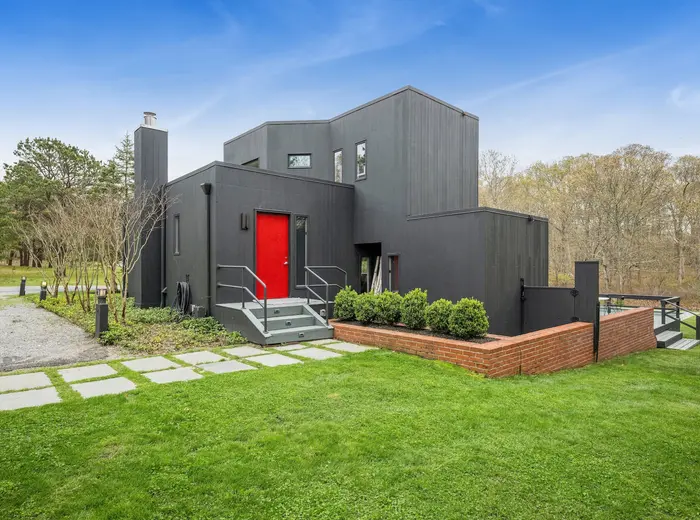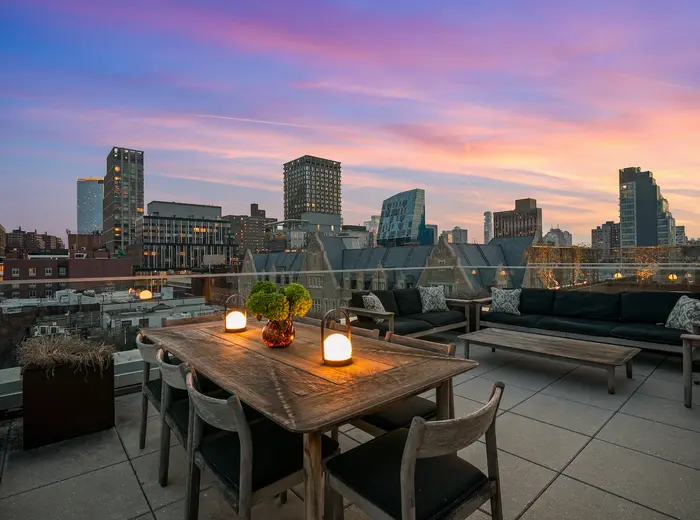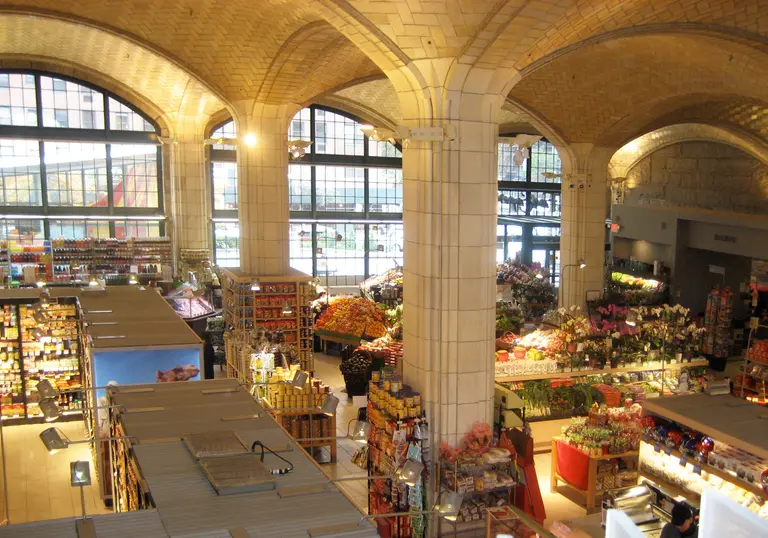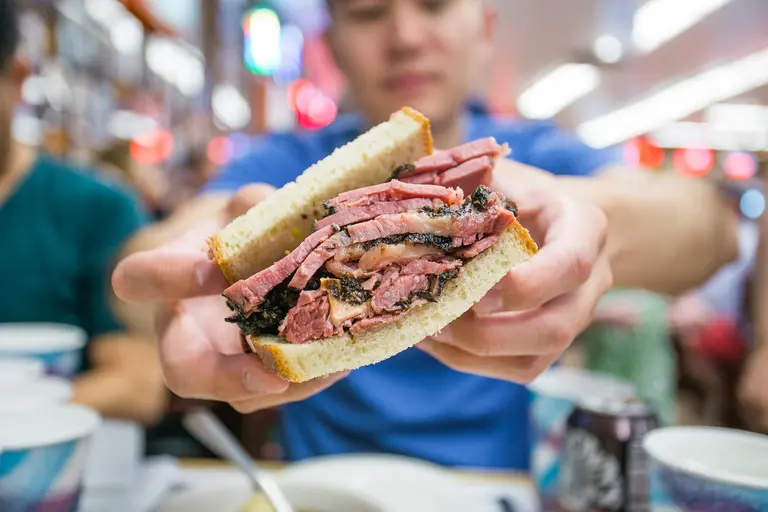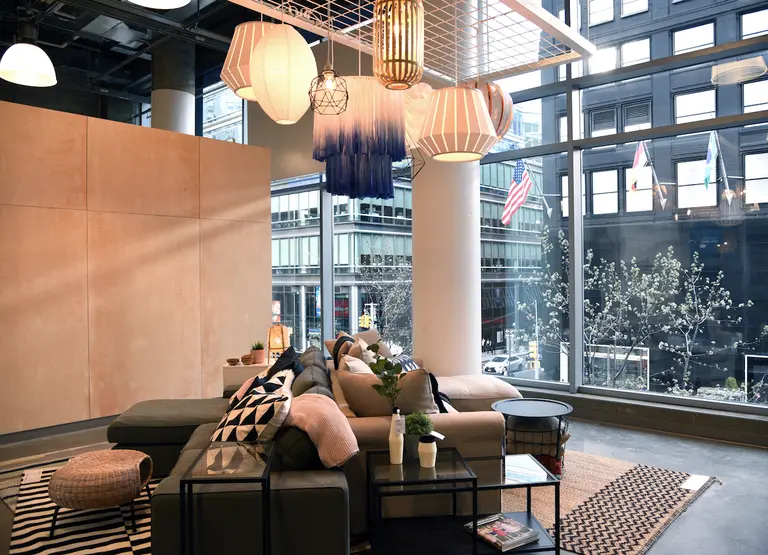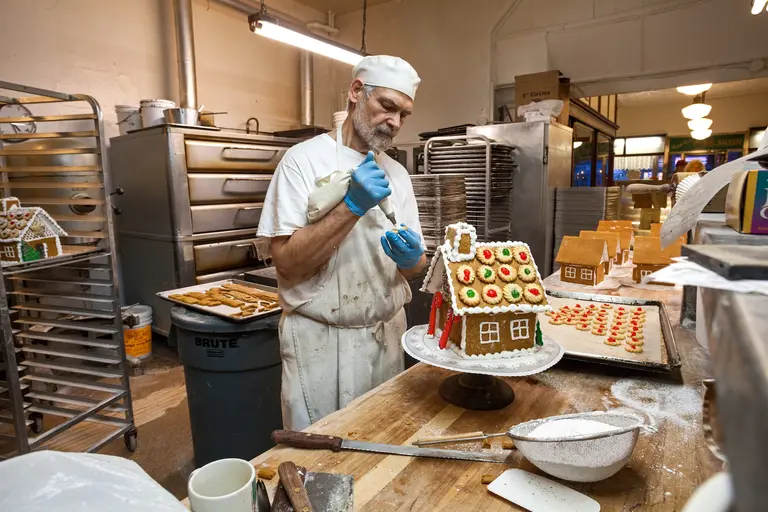New Yorker Spotlight: John Philis Serves Up Luncheonette History at Lexington Candy Shop

On the corner of 83rd Street and Lexington Avenue sits a luncheonette with a lot of history. Lexington Candy Shop was opened in 1925 by third-generation owner John Philis’ grandfather, and for nine decades the shop has served American classics to Upper East Siders. In a city that was once full of luncheonettes, this is believed to be the only one left in Manhattan. Perhaps it’s because John is carrying on two traditions–keeping a family business alive and preserving a piece of American culture. He takes great pride in Lexington Candy Shop’s rich personal and national histories, especially since 2015 marked the shop’s 90th year in business. We recently spoke with John to learn about the shop’s history and find out how the local gem mixes the past and present in every milkshake.
Let’s go back to 1925. Why did your grandfather open Lexington Candy Shop?
He came over from Greece as an immigrant and wanted to make a better life for himself and his family back home. He worked about 4-5 years at other places and realized that to make the American Dream come true, most people, especially–at the time–immigrants, go into business.
Did he select the location for a specific reason?
Demographically it was always a well-to-do neighborhood, and by being in that area he knew that in both good times and bad times people would still spend money. He had some foresight. And as we are on a corner location, he knew that people going downtown on Lexington Avenue would see it.
Were there ever any challenging times?
Everybody talks about the Clutch Plague, but not everybody remembers that we fell back into a severe recession in ’37 and ’38. It was so bad that at the time my grandfather and his partner were not able to keep my father on the payroll. Imagine that, not being able to keep your son on the payroll. So my father found a job at a fruit stand for a few years. Then my grandfather’s original partner decided to go back to Greece and my father came back.
Growing up, do you have memories of the shop?
I grew up in Queens, but my doctor was three blocks away on 86th Street. As a bonus or an enticement to go to the doctor more willingly, I knew I would be coming to my father’s store for a vanilla ice cream soda afterwards, so that made things go down a little smoother at the doctor. After that, I started coming once in a while when it was going to be a busy day like a parade or something.
At what point did you realize you wanted to join the family business?
I went to NYU, graduated, stayed at NYU and got my Masters in Public Administration, and got a job with the Federal Government. This was 1978/1979. At the time my father was talking about retirement, but he wasn’t really ready to retire. I said, “How many people walk away from a viable business?” So I decided to give it a shot. This way I would have no regrets.
A few months, one year, two years, 35 years later, and we’re still here. I enjoy it and have a great partner of 25 years, Robert (Bob) Karcher. We get along well together and have the same mindset towards the business. Now its become an historic aspect of New York that we both take a lot of pride in. It’s more than just a restaurant; it’s part of the fabric of the neighborhood, part of the fabric of the city. It’s an attraction when out-of-towners come to New York. They want to see a piece of Americana, a piece of classic New York, and we’re it.
Are there any early inventory records left?
We have an original menu on the wall from 1925. We also have menus from the time of the OPS and that has an interesting history in itself. I used to play a game with customers: They would always ask me what those prices on the wall with OPS were. I would say to them, “I will buy your meal if you can tell me what OPS stands for.” Only one person knew what it was and that was a person of a certain age. I gladly bought them a meal, and we exchanged stories. But now I stopped doing that because people go on Google.
OPS stands for Office of Price Stabilization, which took place during the Korean War when inflation was rampant and this was established by Truman to stop inflation. Basically every business in the area had to go to a local federal office–which for us that was in the Yorkville area–and submit their prices and could not raise them past that point. They could introduce new items to the menu, but only with approval from the office. In these cases, they would take the average price in the area and tell you this is what you can charge.
How has this pocket of the Upper East Side changed over the years?
Over the years the demographic has gotten younger, and more young families have moved into the area as the high-rises have grown towards 3rd, 2nd, 1st Avenues. We’re great with kids so we attract that, but that wasn’t always the case. Back in the day, even when I was starting here in the ’70s, it was a more German-influenced area. You still have the more upper crust of society on Park and 5th Avenues; that has not changed.
Luncheonettes and soda fountains were once numerous in New York. Why do you think many of them closed in Manhattan, and how has Lexington Candy Shop stayed so strong?
The big answer to that is rent and real estate taxes. Everybody talks about the rent, but real estate taxes are a big part of the monthly payment to the landlord. Aside from that, it’s a business that is very labor intensive, and if you want to maintain the conditions and the quality of the product a business serves, you can’t get away from that. Throughout American history, there were certain ethnic groups that carried on certain occupations. Restaurants, diners, and coffee shops (and this was a fact of life) were owned by Greeks. I’m a rarity in my generation to have stayed in this business, which is another factor that has gone into this business’ disappearance.
Also, a lot of people are afraid to raise prices, and I know this might come across as a little harsh, but I’ve never been afraid to raise prices because I provide a certain product that requires the prices. Some people who are afraid to raise prices and have gone out of business as a result. We have a demographic in this area where if you provide quality and a level of service, people will spend the money. And the fact that we’ve maintained our appearance, people like coming in and don’t mind it as much.
Is this Lexington Candy Shop’s original interior?
We changed over to what you see in the store today in 1948. Of course we’ve had to change the wallpaper every so often and reupholster, but other than that the coffee urns are from 1948.
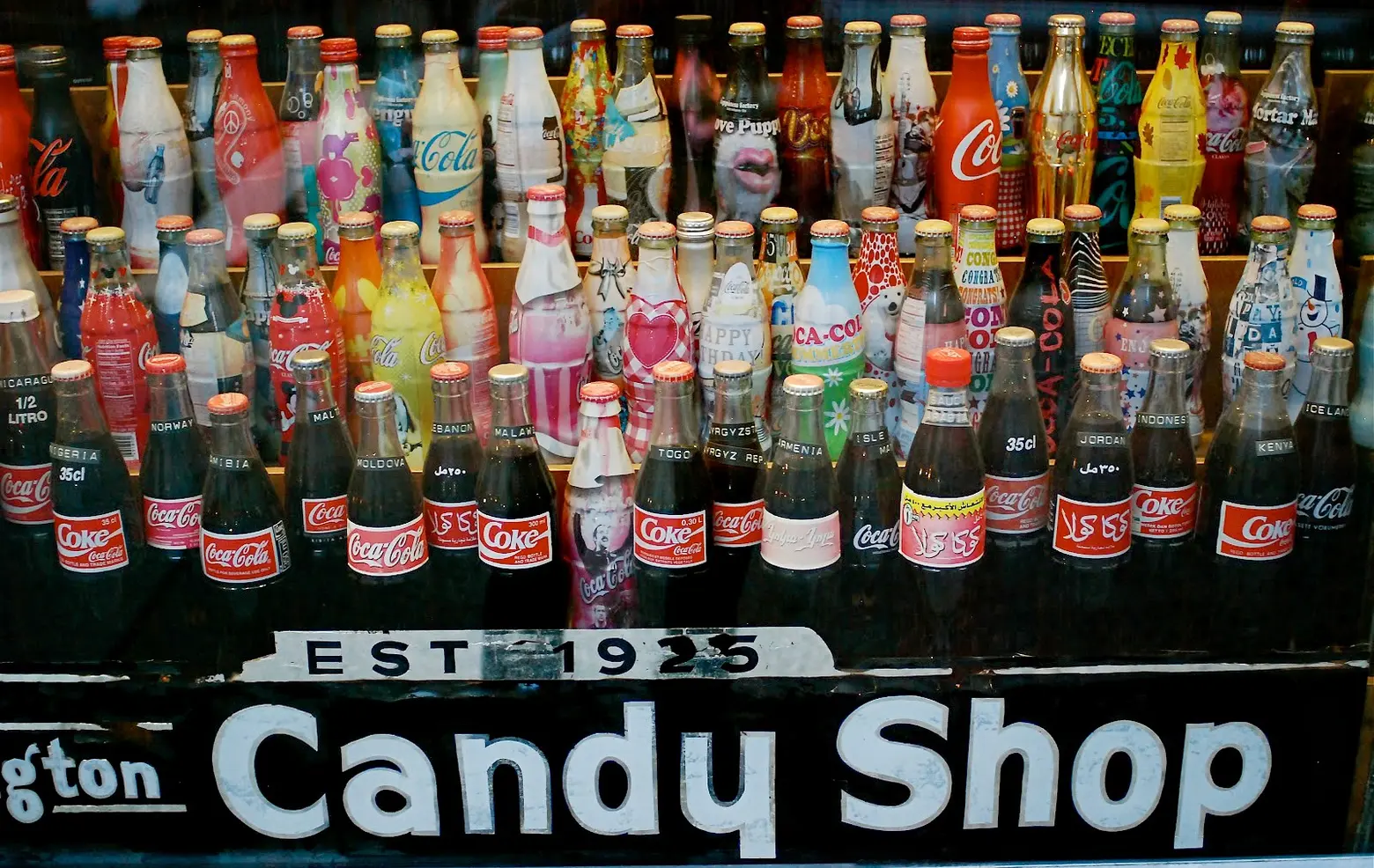
Image via NYC Loves NYC
The shop has a Coca Cola display. What inspired this?
I had started collecting Coca Cola bottles when I would go around America on my vacations, especially down south where Coca Cola is the icon. In the late ’80s and early ’90s, stuffed animals became very popular and we started selling them, but they ran their course. We had the window space and needed something to put in. We were racking our brains, and at the time one of our neighbors up the block wanted to help and said, “Guys, we’ve all got to get together and think of something that reflects your business, something American.” I’m looking at him with my partner Bob and I say, “I’ve got it–Coca Cola bottles.” What’s more American than Coke? My wife thought this was the most spectacular idea because I could take the bottles out of the house. So we put them on display and started getting comments about them; people walked in said, “You know, I’m going to Japan. I’m going to Vietnam. I’ll bring a bottle back.” And before you know it, I started getting bottles from our customers who travel the world, as well as people who I’ve never seen before, but they said, “I walk past your window all the time and I had this in the house and I wanted to bring it back to you.”
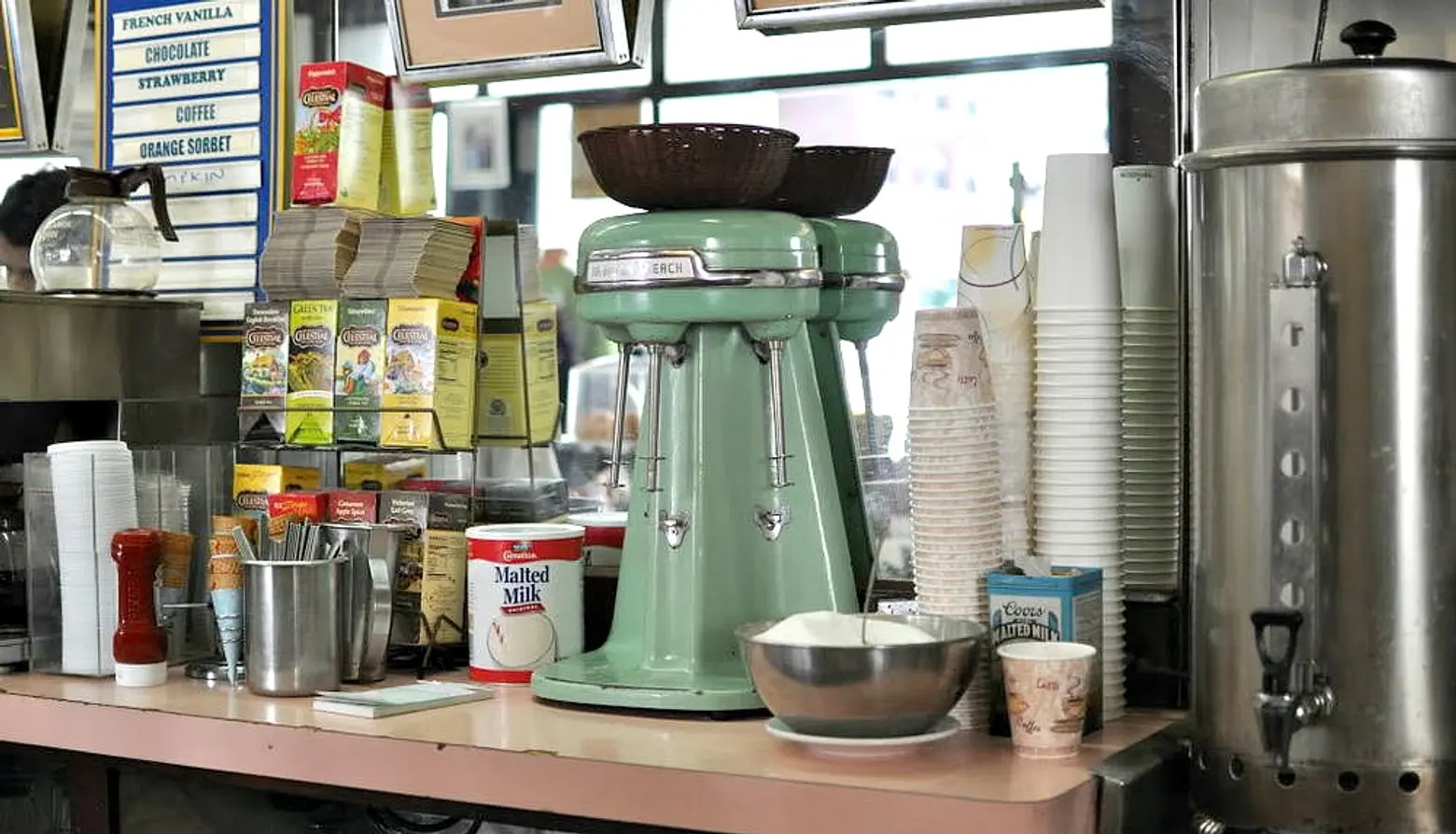
Image via City Brewed
Does the shop use classic kitchen machinery?
The milkshake mixer is from 1940. I’ve got a couple of them now because everybody just loves the big green machine. Every so often it has to go into the shop. When this happens we use a new modern mixer and believe it or not, it doesn’t make the milkshake the same way. But I catch a lot of grief from customers: “What happened to the green machine?” Quite honestly, I got fed up with the questions, so I found another one and bought it. Then a lady came in and said, “You know, I’ve got one of those, and I don’t want it anymore.” I made her an offer, she brought it in the next day, and now I’ve got three. I never have to answer “What happened to the green machine [again]?” And everybody always wants to know where we get the ice cream from because it’s so rich. We use Bassets from Philadelphia. It’s been around since 1861, older than us.
A portion of your customers are nostalgic for a bygone era, but others are meeting a luncheonette for the first time. How do you balance the past and present at the shop?
The older customers are thrilled because they haven’t seen a place like this in years. We hear that all the time from people who grew up in New York City: “Oh wow, I used to have places like this in my neighborhood.” But even people who grew up in the Midwest and other parts of America feel the same way. The younger people are amazed because they’ve never seen anything like this. They say, “Wow, look how they make the soda. Look, they actually squeeze the oranges when you order it.” We make everything upfront as opposed to back in the kitchen, so they’re amazed like that. Then you’ve got the tourists who have become a significant part of our business, especially the international tourists who want that classic American feel. We basically blend it all together and satisfy everybody; and we more than happily take pictures with people.
Has the menu changed over the years?
Additions. Subtractions. We’ve gotten rid of a lot of cold cut sandwiches like bologna, liverwurst, and salami. Those items don’t really sell in this area anymore. We’ve added a Greek salad and stuff like that, but we’ve kept to the chicken, tuna, eggs, burgers, pancakes. Back in the day, it used to be like, “Let me get a tuna on rye.” Now everyone likes to put their own twist on it.
What is the most popular dish or drink currently ordered?
Cheeseburger and a vanilla milkshake for lunch, and we do very well with pancakes. Our eggs are terrific. Everybody always asks, “How come I can’t make eggs like this at home?” We cook our eggs in a pan, and nothing else gets cooked in that pan. They’re not on a griddle. It’s on a constant flame so you can regulate the temperature, and they’re cooked in butter.
What is your favorite thing to prepare?
Believe it or not, I like making an omelette with American cheese. I like to get it just the right temperature and it puffs up like a soufflé. I try to time it to get it to the table where it’s still puffed up like that. It’s a simple little thing, but you get a rush out of it and the customers are really impressed. It’s really a beaut; a sight to behold.
If you could select one item on the menu that epitomizes New York, what would it be?
Chocolate Egg Cream. It’s the classic luncheonette/soda foundation drink that everybody would have as a kid, and we maintain the excellence of it. Everybody thinks you have to use Fox’s U-bet. It’s a nice product, but we make our own chocolate syrup and we think it’s better.
What does carrying on both an American and a family tradition mean to you?
As I stated before, I’m third generation. The odds of a business getting to a third generation–especially in the restaurant business–is minuscule. Again, the history and a certain sense of pride that we are able to maintain that tradition that nobody has maintained in New York City.
+++
Lexington Candy Shop
1226 Lexington Avenue
New York, NY 10028
[This interview has been edited]
Photos via Lexington Candy Shop unless otherwise noted
RELATED:
- New Yorker Spotlight: Doug Steinberg Keeps the Doors Open at 110-Year-Old New York Central Art Supply
- New Yorker Spotlight: Brian and Andy Marcus Carry On a Three-Generation Photography Tradition
- New Yorker Spotlight: Scott Liroff Sheds Light on His Century-Old Family-Run Business, City Knickerbocker
- New Yorker Spotlight: Getting the Scoop with Jennie Dundas of Brooklyn’s Blue Marble Ice Cream
